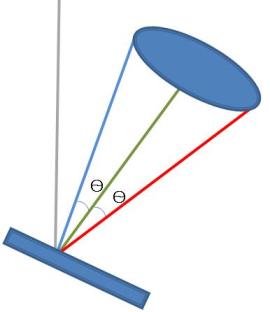The entire spectrograph has been designed around our scientific goals. The basic operation of a spectrograph is outlined below as well as a common experiment in which spectrographs are used.
Fundamentals of a Spectrograph
A solar spectrograph is an instrument that takes incoming sunlight over a majority of the electromagnetic spectrum and separates the light into its constituent frequency components, or spectrum. The components are then sent to a detector that measures intensity, which reveals the location of spectral properties of the light such as absorption and emission lines.
Spectrographs are commonly used to measure the atmospheric absorption of the sunlight. This can be achieved by measuring the spectrum seen on the ground and comparing it to the theoretical blackbody spectrum of the Sun at T=5700K. The absorption is caused by various molecules in the atmosphere and therefore the absorptions at certain wavelengths can be attributed to different molecules.

It is important to note that the science of the spectrograph is made possible by one simple (yet very complex to implement) equation known as the grating equation. This equation relates the wavelength (lambda) with the angle of reflection (beta) and the incidence angle (alpha) from and to the grating. This allows for the important prperty known as dispersion.

